3 Top Mobile Card Machines

When you’re a small business, you may need the option to take payments while on the move. Sure, you can use digital payment methods like PayPal or Cashapp. However, that lacks a certain feeling for customers. Customers like familiarity. They want to be able to pay using a debit or credit card. If you don’t have a way of accepting those payments, you may lose sales. If you’ve encountered this in the past, there’s a way to prevent it from happening again. You can pick up a mobile card reader! Keep reading to discover the benefits of a mobile card machine, and the best ones available.
Here’s What We’ll Cover:
What is a Mobile Card Machine?
The 3 Best Mobile Card Readers
What is a Mobile Card Machine?
Mobile card machines, also known as mobile card readers, allow payments to be taken using a phone. The card reader connects to a mobile phone or tablet and allows you to complete financial transactions. Depending on the machine, it can accept a number of different payments. Normally, they accept credit card and debit card purchases at the minimum. Some portable card machines also take contactless payments. This opens up the possibilities for your small business!

What to Look For in a Mobile Card Reader
When you’re looking for a mobile card reader, you’ll want to ask yourself a few questions about your needs. Depending on what you’re looking for, some card readers may be better options than others.
- What forms of payment are accepted? This can influence your overall choice more than other details. Some only have a reader for magstripe cards. Others allow for the use of chip card payments. Some even employ contactless technologies. This means you can accept contactless payments via phones and contactless cards. If you need a variety of payment methods, you’ll need to verify that the reader you choose can handle it all.
- What devices does it connect with? If you can’t afford to purchase a dedicated tablet or phone for your reader, you need to pick one compatible with what you have. Some work with applications that are only available via Apple or Android devices. Make sure you’re choosing something with a compatible piece of hardware and payment app.
- How much do I want to pay? Many companies offer their card readers at no cost, but transaction fees can add up over time. Be sure to review all processing fees and monthly fees. If the fee per transaction is too high, you may want to choose another reader or company.
The 3 Best Mobile Card Readers
If you’re ready to take the plunge, check out these mobile card readers. They’re the best options available, and one will be sure to suit your business needs.
1. Square
Overall, the Square Reader is the best mobile card hardware available. Square is easy to use, and is very versatile for both Apple and Android users. The Square point of sale application is something that most people are familiar with, as it’s been around for about a decade. It’s instantly recognizable and highly popular with small businesses.
Square’s reader is free when you sign up for their service. The free reader is a simple magstripe card reader, which is fine for most applications. You also get access to their mobile point of sale software. This application will work on your smartphone or tablet and is intuitive.
The fees associated with Square aren’t the cheapest available, but they’re easy to understand. Square charges a flat rate of 2.6% for each transaction, and an additional 10 cents per transaction. They don’t charge a monthly subscription fee for their services, thankfully. Square also accepts all major cards, including American Express. It’s a truly versatile platform. If you want to upgrade to another reader that accepts chip cards and contactless payments, Square offers other readers. They have to be purchased, however.
Square provides payments within a business day, sometimes two. They’re just as quick as other providers, but they don’t provide a next-day guarantee. Technologically, however, Square is about as secure as you can get. Their security and encryption features are powerful, meaning that your customer’s data is always safe.
2. PayPal
PayPal offers one of the most versatile card readers available. What looks like a simple magstripe reader is so much more. The small triangle that connects via your headphone jack allows for chip card payments, as well. Combining that with their massive online presence means that you’re totally covered in terms of payment options.
Something that puts PayPal ahead of others is the Bluetooth connectivity offered by their reader. No matter where your reader is plugged in, you can access it using a smart device. Plus, all of their devices are affordable. They are generally one third the cost of their competitors. If you want to upgrade down the line, that means you won’t be spending too much to do so.
PayPal’s software is one of the most impressive pieces of their mobile card reading. If you have one of their mobile card readers, the app that comes alongside it will also let you accept payments. PayPal’s app lets users take checks as payment, as well as funds from other PayPal accounts. For a small business, payment options are invaluable.
PayPal’s fees are comparable to Square at 2.7% per transaction. However, they don’t tack on an additional per-transaction fee. They also forgo monthly subscription fees. PayPal’s funding isn’t as quick as other options available, normally reaching accounts in 3 to 5 business days. The exception to this is funds received from PayPal accounts, which show up upon payment acceptance.

3. Shopify
Shopify has been a strong online store presence, but they have expanded to help customers with in-person transactions. They offer an excellent card reader that allows for magstripe, chip, and contactless payments. This is better than the other base options offered by their competitors.
The biggest advantage Shopify has over the others is the strength of its application. When using Shopify, you have access to their app, the card reader, and an online store. This offers you more pathways for revenue than just a card reader and a mobile application. Being able to list wares online and sell them in person creates a strong retail presence. What’s more, is that the application offers inventory management. If you sell an item online while at a market, you can set the product aside without being surprised later.
Shopify charges its customers 2.5% per transaction, as well as a monthly subscription fee. This cost covers the card reader, the online store, and transaction processing. This may seem high, but they also offer 24/7 customer support. You get what you pay for, and Shopify tries to stay true to that.
Shopify is best for small businesses that are solely online but want to try out in-person sales. They let customers manage both physical and digital retail entities. That’s an option that isn’t generally offered by a payment processing company.
Key Takeaways
Mobile card readers are more than just a piece of hardware. When you choose a card reader, you’re also choosing the software that goes along with it. As such, it’s important to choose a card reader that gives you versatility, and software that’s affordable. Both choices play off of one another, and while you may be happy with one, you may loathe the other. Be sure to think your choices through and make an informed decision. If you need guidance on other software applications for your business, visit our resource hub!
RELATED ARTICLES

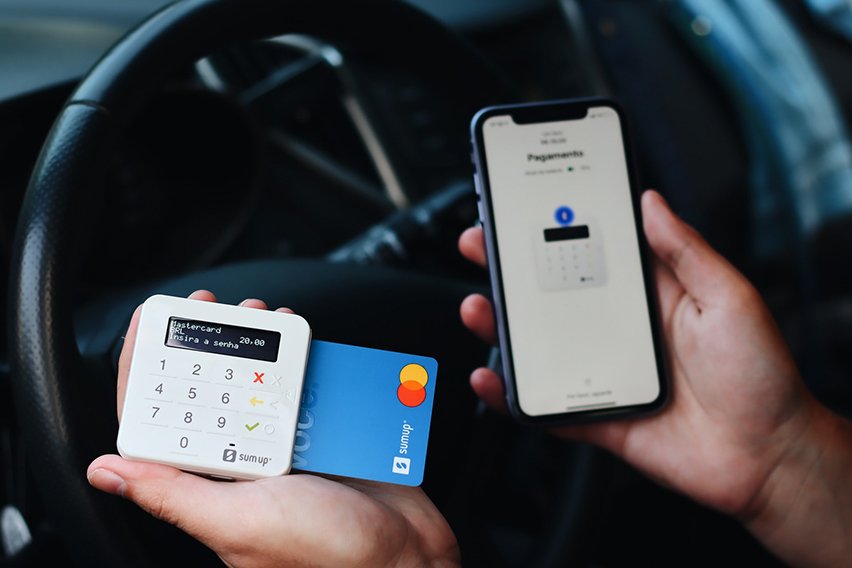 What Is a Card Reader & How to Use It?
What Is a Card Reader & How to Use It?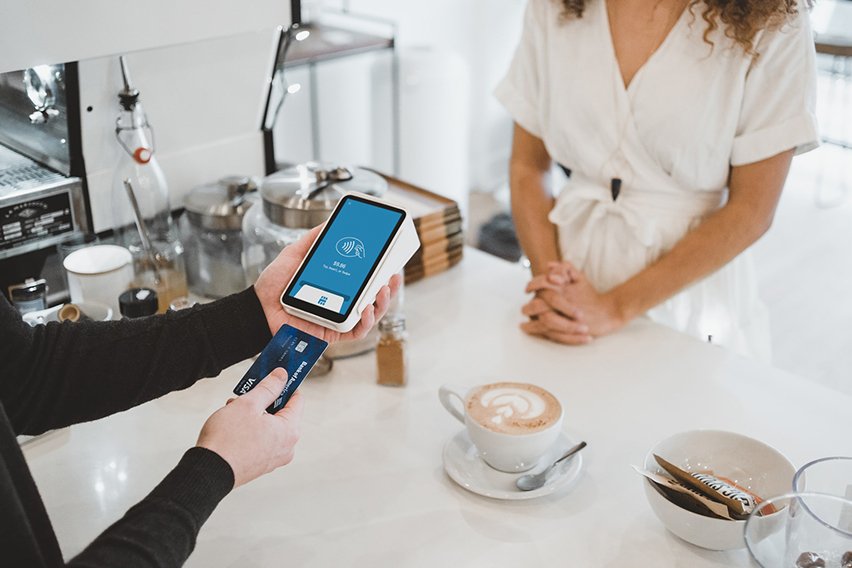 What Is a Payment Reference Number?
What Is a Payment Reference Number? What Is a Bank Transfer? Everything You Need to Know
What Is a Bank Transfer? Everything You Need to Know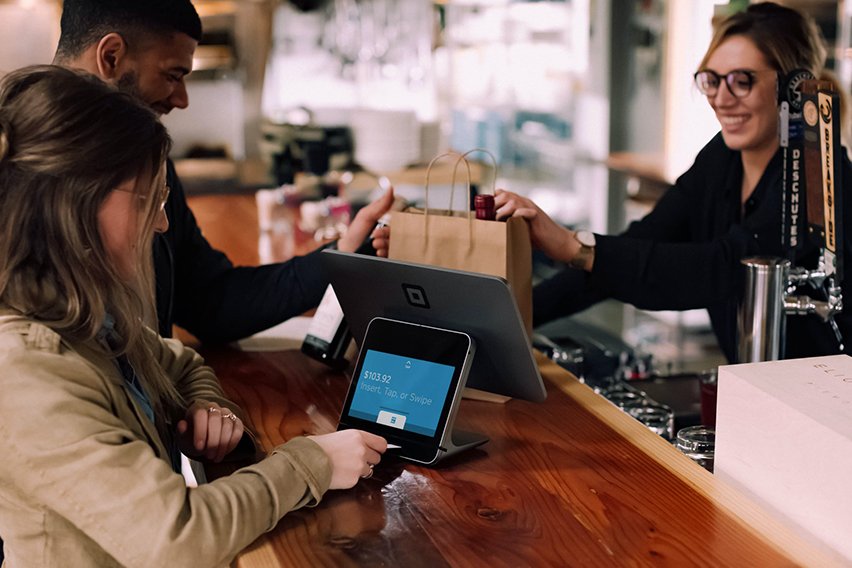 What Is a Payment Service Provider (PSP) & How Do They Work?
What Is a Payment Service Provider (PSP) & How Do They Work?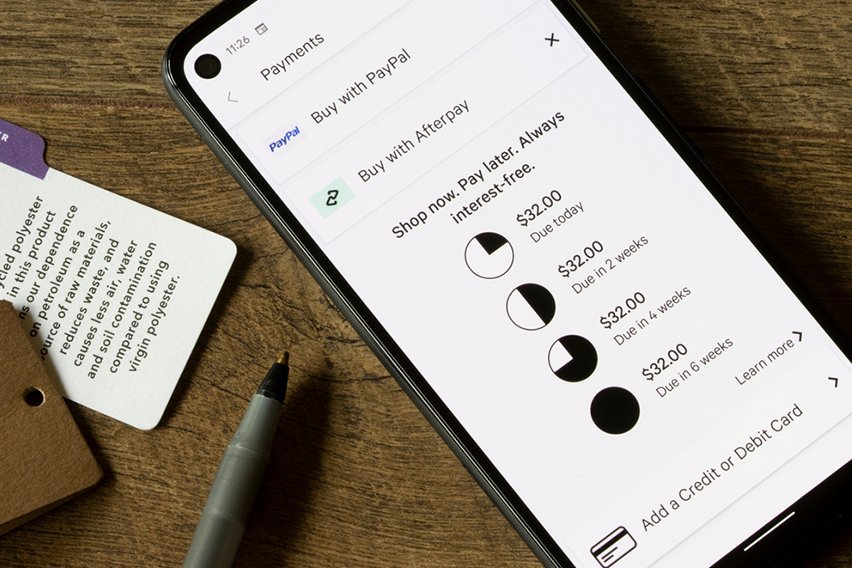 How to Cancel PayPal Payments That I’ve Already Sent?
How to Cancel PayPal Payments That I’ve Already Sent?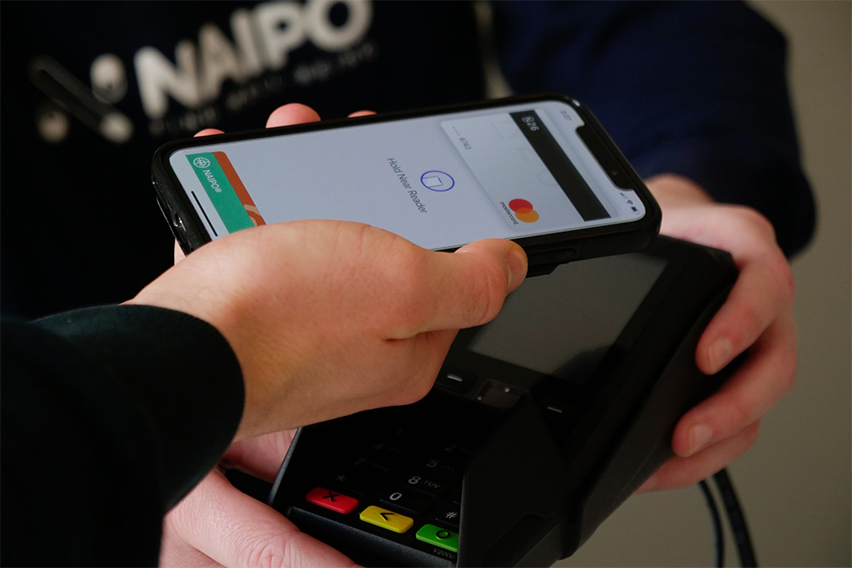 What Is 3D Secure? A Complete Guide
What Is 3D Secure? A Complete Guide